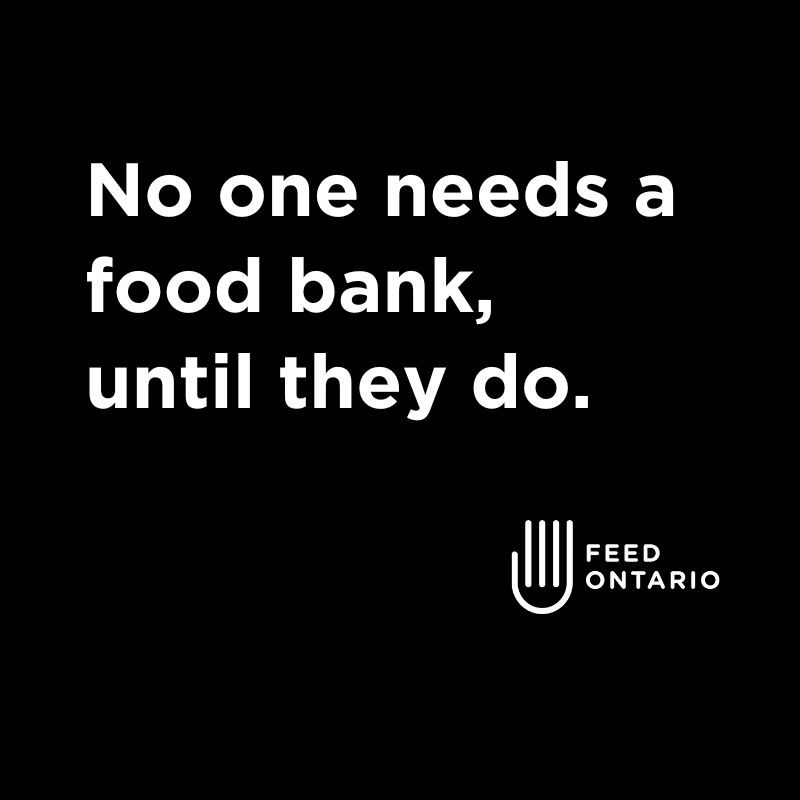
No one plans to be out of work. But a physical injury or mental health concern can make that a reality. Disability related benefits are the primary source of income for 1 in 3 people who use a food bank in Ontario. Many have less than $100 each month after paying for housing and utilities.
Ontario’s social assistance rates – including the Ontario Disability Support Program (ODSP) – have remained frozen since 2018 and yet the cost of living, including rent, hydro, gas, and food have continued to increase. Social assistance recipients receive $768 to $1,327 less income than needed to simply reach the poverty line each month. It remains true that people with a disability are more likely to be in poverty and less likely to have employment than those without disabilities.
- Disability related benefits are the primary source of income for 1 in 3 people who use a food bank in Ontario.
- Social assistance has remained unchanged despite a 12% increase in the cost of living since 2018.
- 53% of our network food banks provide home delivery of food.
Learn more about how hunger also affects workers, children, and seniors, and the three ways you can help.
General Statistics:
- 587,000 adults, seniors, and children accessed a food bank in Ontario between April 1, 2021 and March 31, 2022 – an increase of 15% over the last three years.
- Ontario’s food banks experienced a 64% increase in first-time visitors since 2019.
- Ontario’s food banks were visited more than 4.3 million times throughout the last year, an increase of 42% over the last three years.
- Feed Ontario supports 1,200 hunger relief organizations across the province and distributed more than 7.3 million pounds of food last year, 63% of this was fresh or frozen.
- 91% of food banks provide services and programming beyond emergency food support.
- Between January and September 2022, the number of people accessing food banks increased by 24% over the same period in the previous year alone.
